In 2004, Danger Mouse rose to widespread prominence after releasing The Grey Album. This was a mashup of two unlikely artists—hip-hop legend Jay-Z and rock and roll icons The Beatles—but it helped turn Danger Mouse into a household name.
Videos by American Songwriter
In 2003, Jay-Z released The Black Album, which was intended to be his final album before retiring. The next year, he released an a cappella version of the project with the express purpose of allowing producers to remix and sample his work. Danger Mouse took The Black Album and mashed it up with The Beatles’ self-titled record, often called The White Album.
While other artists remixed The Black Album at the time, Danger Mouse’s project was undoubtedly the most popular. This happened mostly because of the response to the record label EMI attempting to stop the album’s distribution.
Jay-Z, Paul McCartney, and Ringo Starr all gave Danger Mouse permission to use their work on The Grey Album. It was The Beatles’ record label that had a problem. When the album was released, EMI demanded a halt in its distribution.
Danger Mouse Faces “99 Problems” After Remixing Jay-Z and The Beatles in 2004
Around February 9, 2004, The Grey Album received several positive reviews. The New Yorker had glowing words for the record, and Entertainment Weekly named it the best album of 2004. Despite the positive response, EMI was not having it.
The record label sent out a cease-and-desist order to Danger Mouse, as well as to stores and websites that were selling the album. Additionally, Andy Baio of the website Waxy.org was one of the first people to upload the MP3s of The Grey Album online. He also received a cease-and-desist.
On February 24, music activist group Downhill Battle organized Grey Tuesday in response to EMI’s demands. This was an online civil disobedience event in protest of EMI’s attempts to stop distribution. For 24 hours, copies of The Grey Album were available for free download online. 170 websites hosted the album, and more than 100,000 copies were downloaded in one day.
Those who participated in Grey Tuesday received cease-and-desist letters, but EMI didn’t do much beyond that. The company may have been overwhelmed by the response and simply decided the fight wasn’t worth it.
According to Danger Mouse, it “was not my intent to break copyright laws. It was my intent to make an art project.” Ultimately, The Grey Album sparked a greater conversation around copyright laws, fair use, sampling, and remixing.
Photos by Todd Plitt/Getty Images/Bettmann

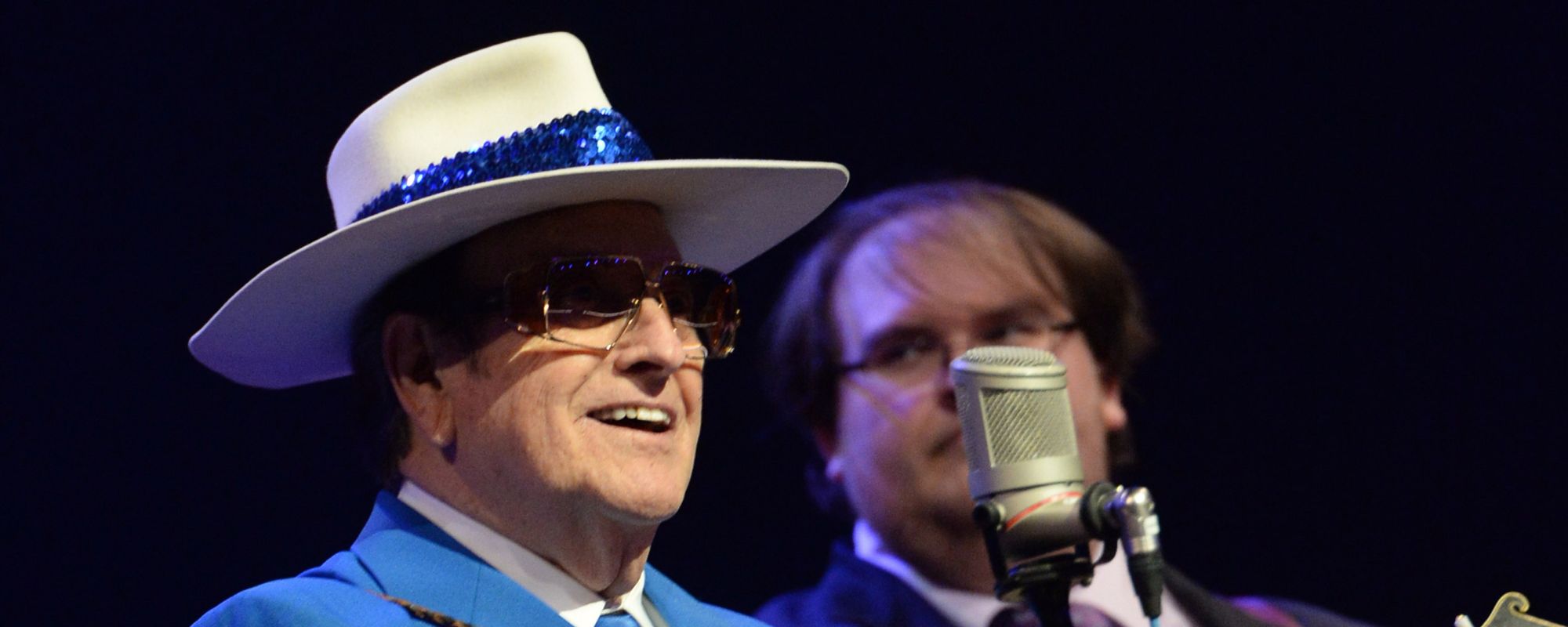
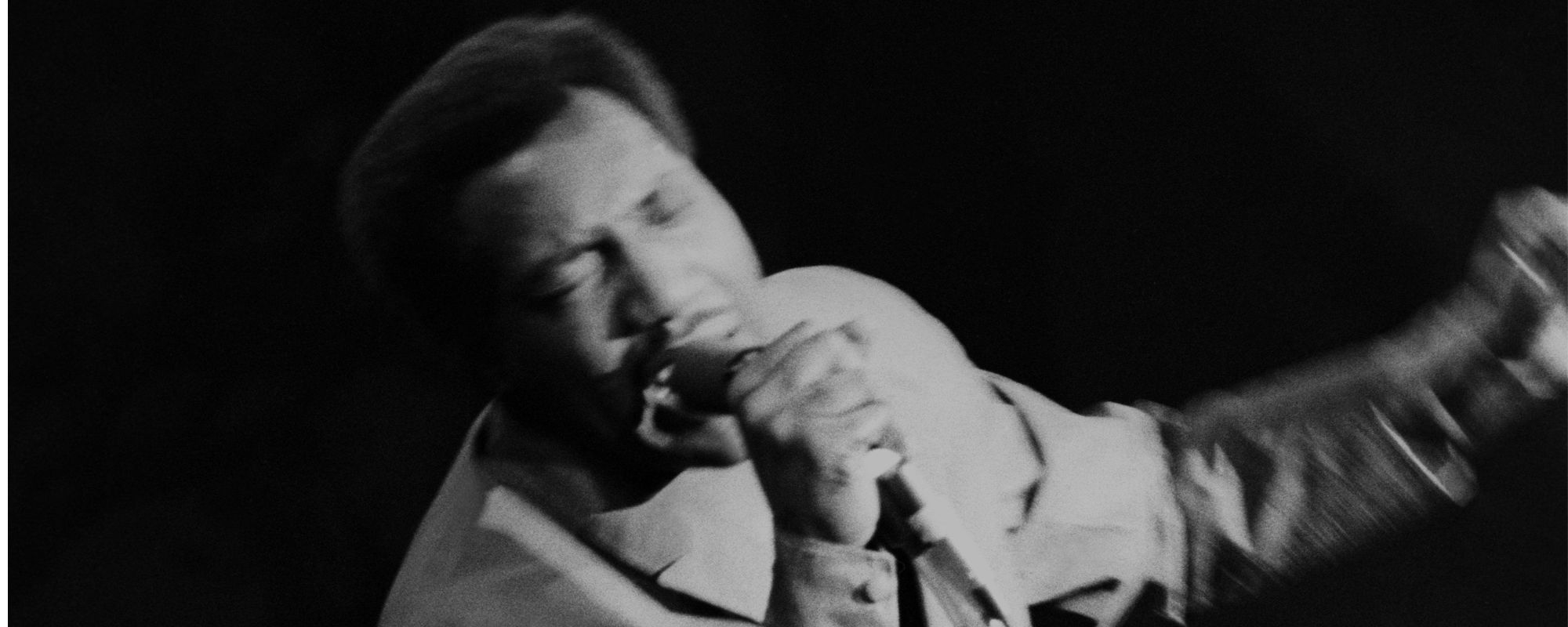
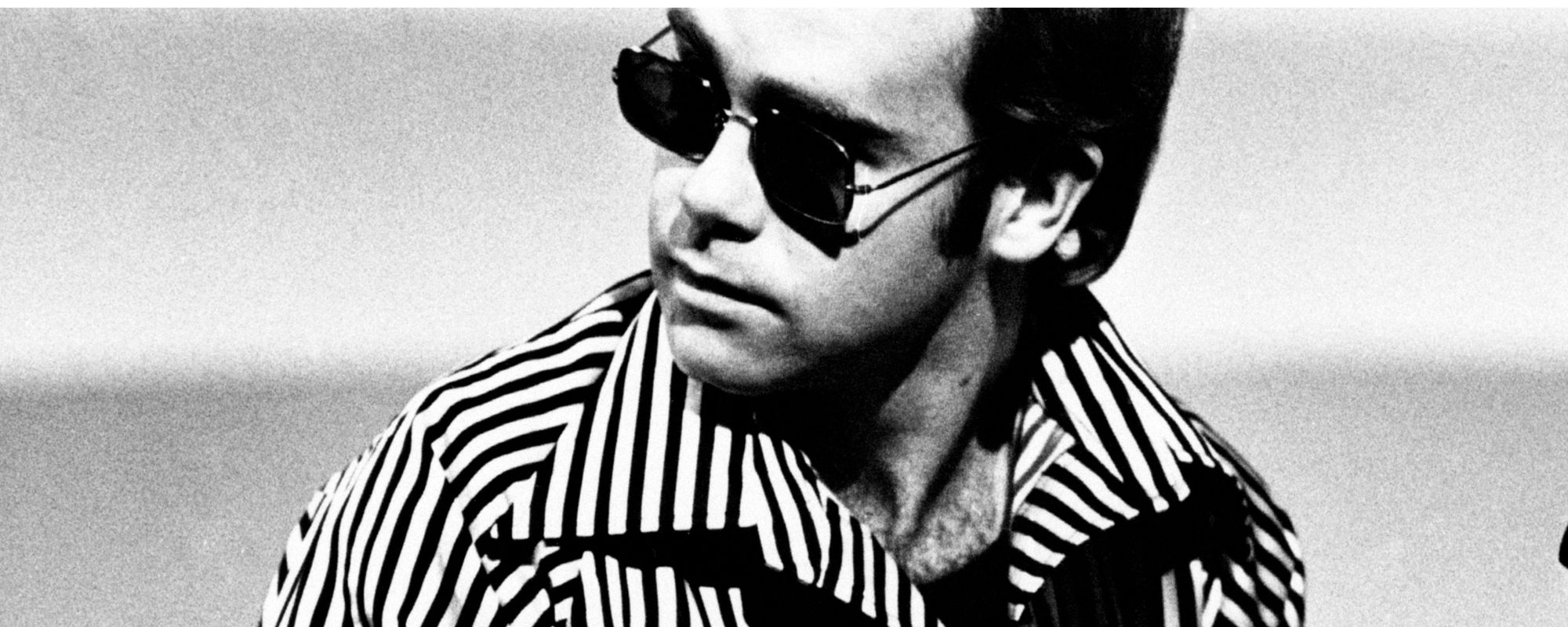
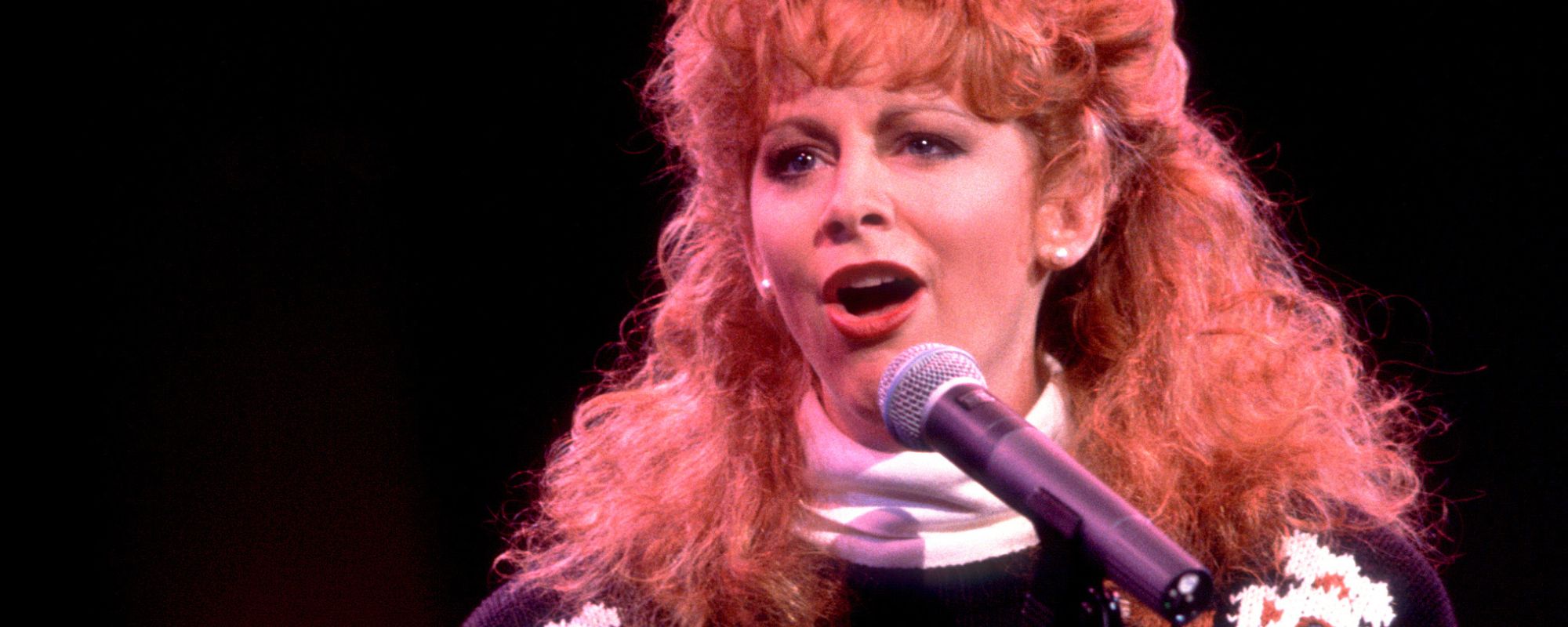
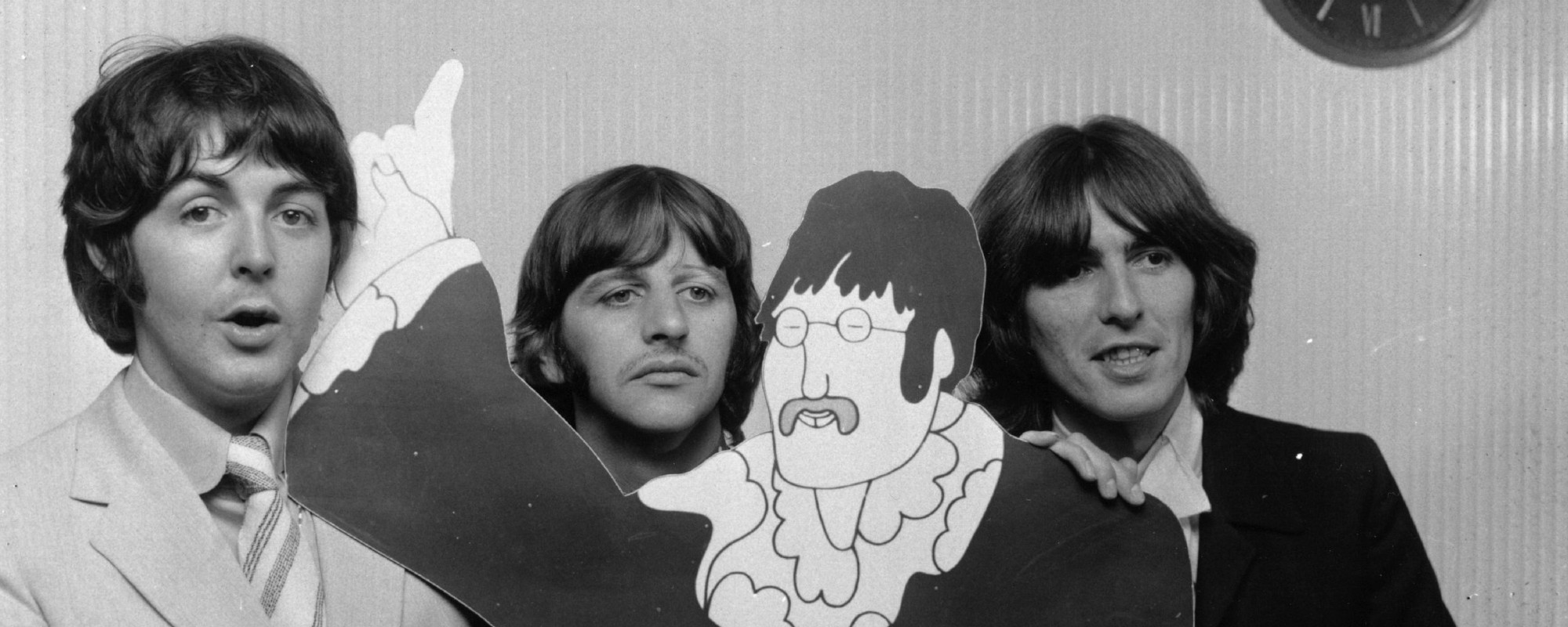
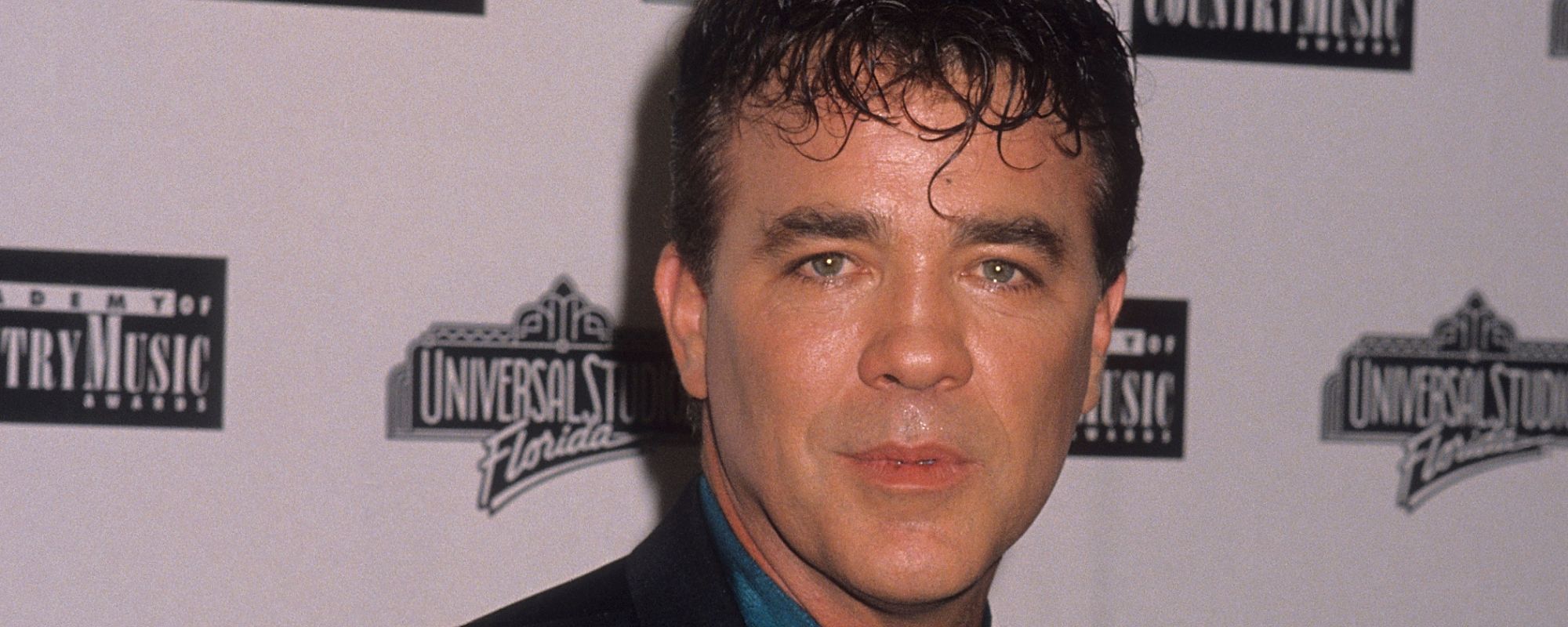

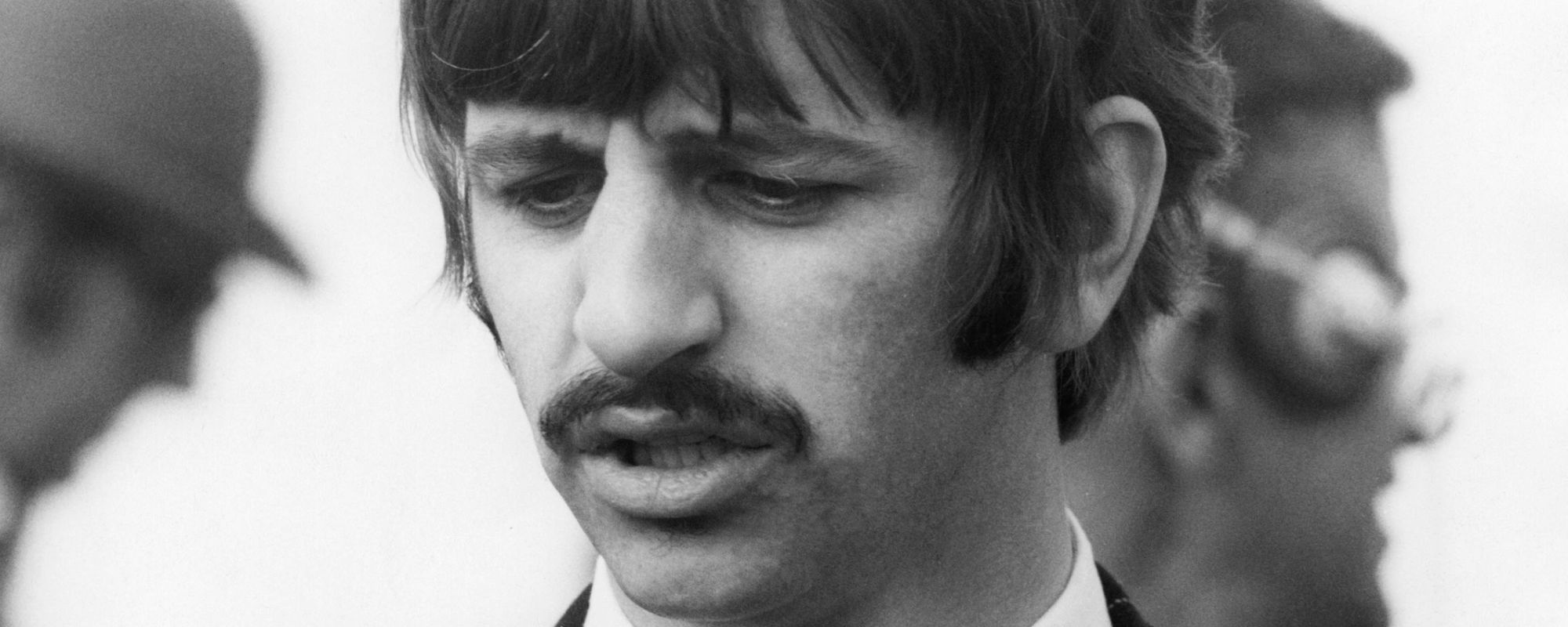


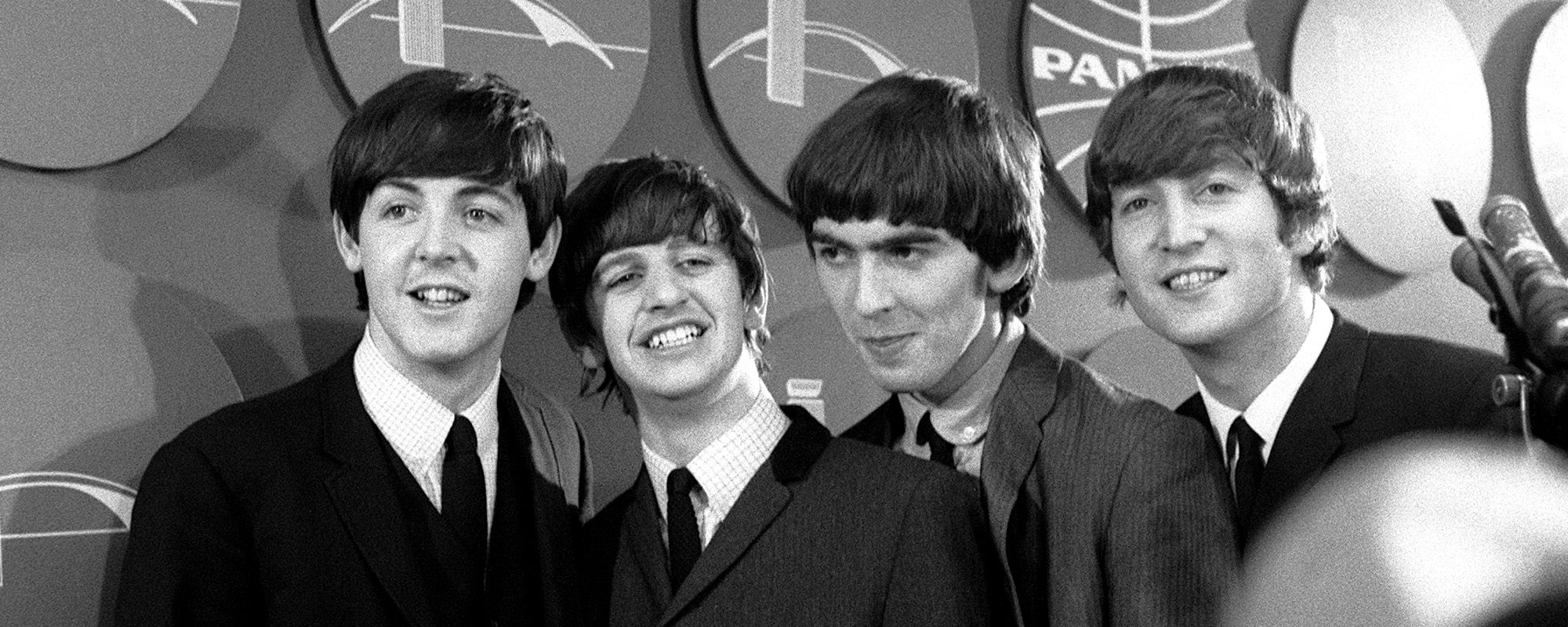

Leave a Reply
Only members can comment. Become a member. Already a member? Log in.